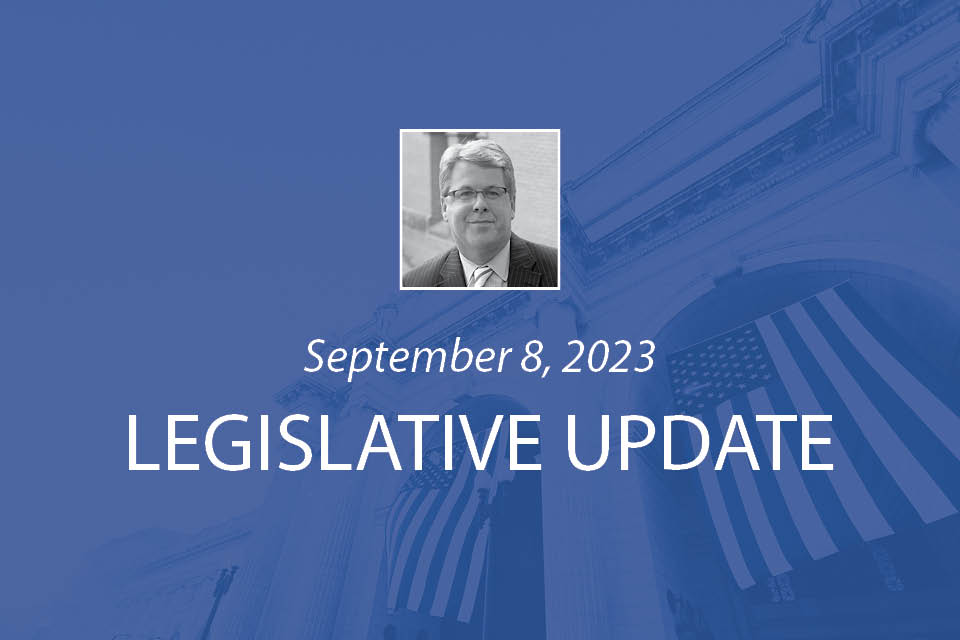Workforce
On Wednesday, Representatives Lori Chavez-DeRemer (R-OR) and Marie Gluesenkamp-Perez (D-WA) introduced the Jobs in the Woods Act.
Introduction of the bill was prompted by the ongoing shortage of workers up and down the forestry and wood building material supply chain. Loggers are having a difficult time recruiting younger workers into the profession and sawmills are not able to expand because the labor pool is nonexistent. The grant program authorized by this legislation would be directed to stand up workplace training programs across the country tailored specifically for the forest products industry. Among the many components of this program, there would be a logging module as well as module featuring a fully functional sawmill to provide hands-on training to prospective workers. The bill authorizes $10 million per year over the life of the upcoming 5 year Farm Bill-2024-2028.
The goal is to have provisions of the Jobs in the Woods Act included in the Farm Bill reauthorization effort which is currently underway. The Senate is expected to unveil a draft later this month, with the House lagging behind that timeline. Workforce is not an area typically addressed by the Farm Bill, but since supply chain and workforce issues are so prevalent across the economy, this bipartisan bill may have a chance of being folded into this comprehensive farm policy measure this year. We will keep you apprised of progress.
Congress
Senators came back to Washington on Tuesday after a month-long break. Floor action thus far has focused mainly on nominations for various judicial and executive branch appointments. Next week the Senate is expected to take up a 3 bill Fiscal Year 2024 appropriations package—known as a “minibus”—to attempt to make progress on funding federal government operations. While the minibus will pass the upper chamber, it is still expected that Congress will have to pass a short-term Continuing Resolution to fund the government past September 30 when the current fiscal year funding runs out.
The House returns to D.C. next week and efforts to forge agreement on the contents of a CR will be top priority. Currently, the House and Senate are about $153 billion apart on where they stand in terms of funding levels for government operations. If agreement cannot be reached by the end of this month on a short-term CR, most federal government functions will shut down October 1.




